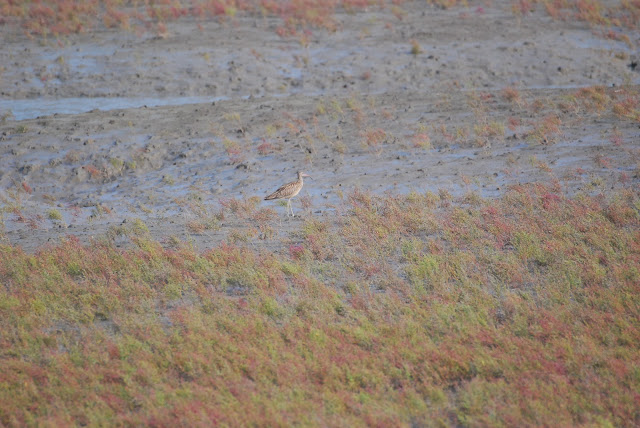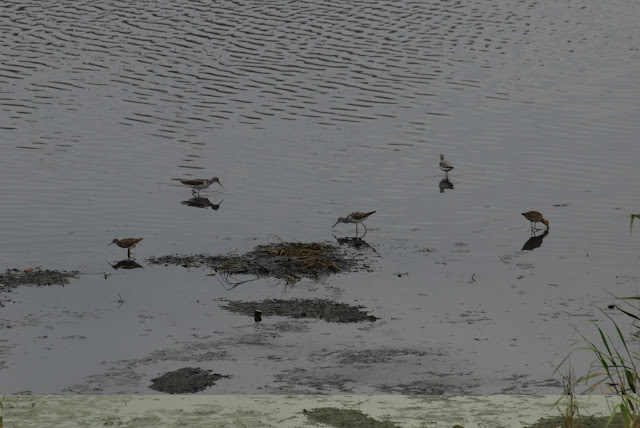I visited Jeju Island and Mara Island for visiting mysenior researcher to get advice about graduate schools.
and also, expected a mount of birding.
In Middle of Fall Migration, this trip showed a good numbers of ospreys, Eastern buzzards, and currently irrupting great tits and varied tits. and some highlights of this trip.
common buzzards(Eastern), some flocks of4-5 birds were frequently seen.
Also Ospreys werepresentin 4-5 individuals in a flock, or some lonly birds.
On the ship to Mara Island, the southernmost Island of korean territory, We saw 7-10 streaked shearwaters
First rarity was the long tailed-shrike, which is now quite regularly seen bird.
On the windy grasslands, two Richard's pipit, one juvenile-first winter and one more-first winter bird was observed
and several japanese bush-warblers.
and peregrine falcons
and this year's gift. the Yellow bellied tit. Its a first winter male.
more than hundreds of Coal tits were migrating also, mostof them were juveniles
This varied tit got it's prize!
Some Juvenile Dunlins were resting at Hadori,wetland
and This year's First autumn Black facedspoonbill. It seems to be an adult bird. with clear white wingtips and wrincled bill.
The last bird of the day was an Neat adult Sacred Heron
and 10-or more Sand martin



















































